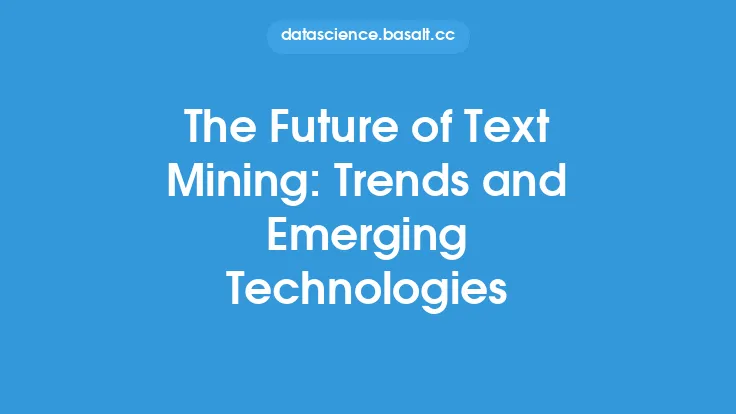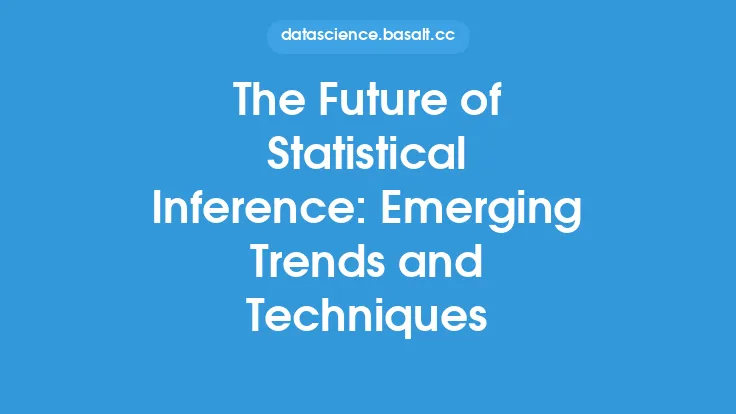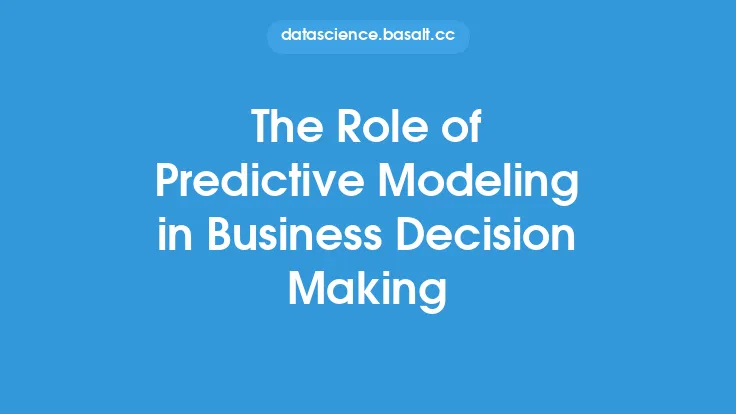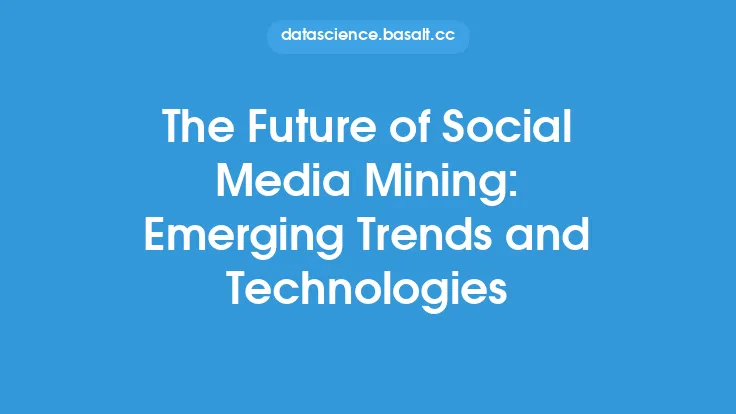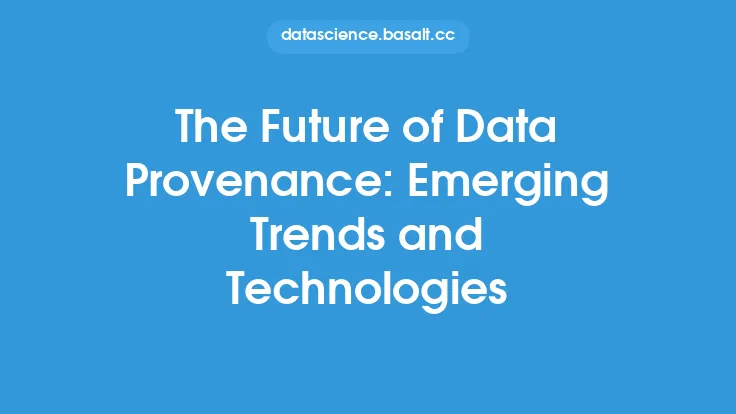The field of predictive modeling is rapidly evolving, driven by advances in data mining, machine learning, and artificial intelligence. As organizations continue to generate and collect vast amounts of data, the need for effective predictive modeling techniques has never been more pressing. In this article, we will explore the current trends and challenges in predictive modeling, and examine the key factors that will shape the future of this field.
Current Trends in Predictive Modeling
Several trends are currently shaping the predictive modeling landscape. One of the most significant is the increasing use of deep learning techniques, such as neural networks and recurrent neural networks. These techniques have been shown to be highly effective in modeling complex relationships in data, and are being used in a wide range of applications, from image and speech recognition to natural language processing. Another trend is the growing use of ensemble methods, which combine the predictions of multiple models to produce a single, more accurate prediction. Ensemble methods have been shown to be highly effective in improving the accuracy and robustness of predictive models.
Challenges in Predictive Modeling
Despite the many advances in predictive modeling, there are still several challenges that must be addressed. One of the biggest challenges is the problem of overfitting, which occurs when a model is too complex and fits the noise in the training data rather than the underlying patterns. This can result in poor performance on new, unseen data. Another challenge is the need for large amounts of high-quality data, which can be difficult to obtain in some domains. Additionally, predictive models can be sensitive to changes in the underlying data distribution, which can result in poor performance over time.
The Role of Big Data in Predictive Modeling
The increasing availability of big data is having a major impact on predictive modeling. Big data refers to the large amounts of structured and unstructured data that are being generated by organizations and individuals. This data can be used to build highly accurate predictive models, but it also presents several challenges, including the need for specialized hardware and software, and the potential for data quality issues. To address these challenges, many organizations are turning to distributed computing frameworks, such as Hadoop and Spark, which allow them to process large amounts of data in parallel.
The Importance of Model Interpretability
As predictive models become increasingly complex, there is a growing need for model interpretability. Model interpretability refers to the ability to understand how a model is making its predictions, and to identify the most important factors that are driving those predictions. This is critical in many applications, such as healthcare and finance, where the consequences of incorrect predictions can be severe. Several techniques are available for improving model interpretability, including feature importance scores, partial dependence plots, and SHAP values.
The Future of Predictive Modeling
So what does the future hold for predictive modeling? One trend that is likely to continue is the increasing use of automated machine learning (AutoML) techniques. AutoML refers to the use of algorithms to automatically select and tune machine learning models, which can save time and improve accuracy. Another trend is the growing use of transfer learning, which allows models to be trained on one dataset and applied to another. This can be particularly useful in domains where data is scarce or expensive to collect.
The Impact of Emerging Technologies
Several emerging technologies are likely to have a major impact on predictive modeling in the future. One of the most significant is the Internet of Things (IoT), which refers to the growing network of devices that are connected to the internet. The IoT is generating vast amounts of data, which can be used to build highly accurate predictive models. Another emerging technology is cloud computing, which allows organizations to store and process large amounts of data in the cloud. This can be particularly useful for organizations that do not have the resources to build and maintain their own data centers.
Conclusion
In conclusion, the field of predictive modeling is rapidly evolving, driven by advances in data mining, machine learning, and artificial intelligence. As organizations continue to generate and collect vast amounts of data, the need for effective predictive modeling techniques has never been more pressing. By understanding the current trends and challenges in predictive modeling, and by leveraging emerging technologies such as big data, AutoML, and the IoT, organizations can build highly accurate predictive models that drive business success. Whether you are a data scientist, a business analyst, or simply someone who is interested in the field of predictive modeling, it is an exciting time to be involved in this field, and we can expect to see many new and innovative developments in the years to come.
